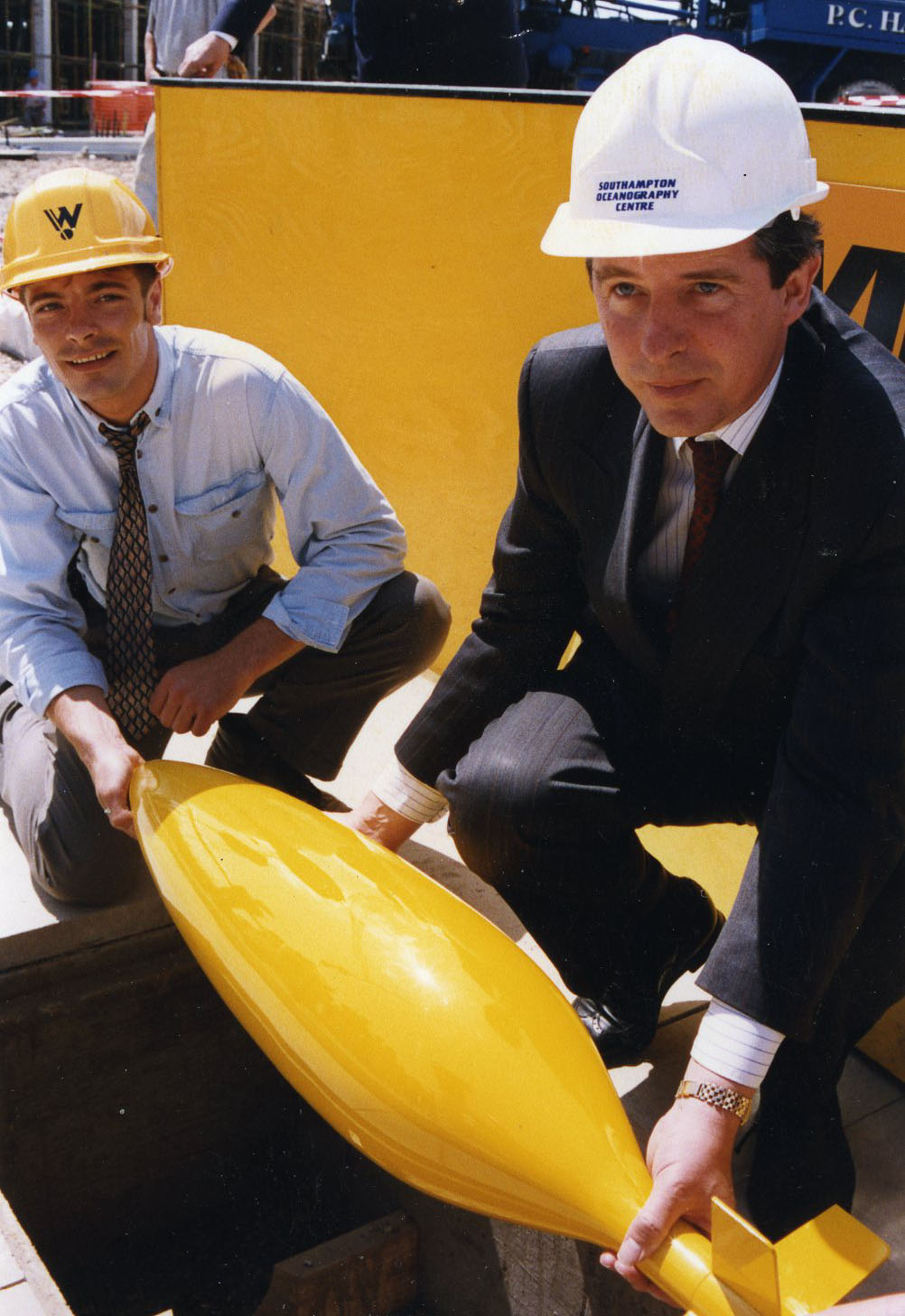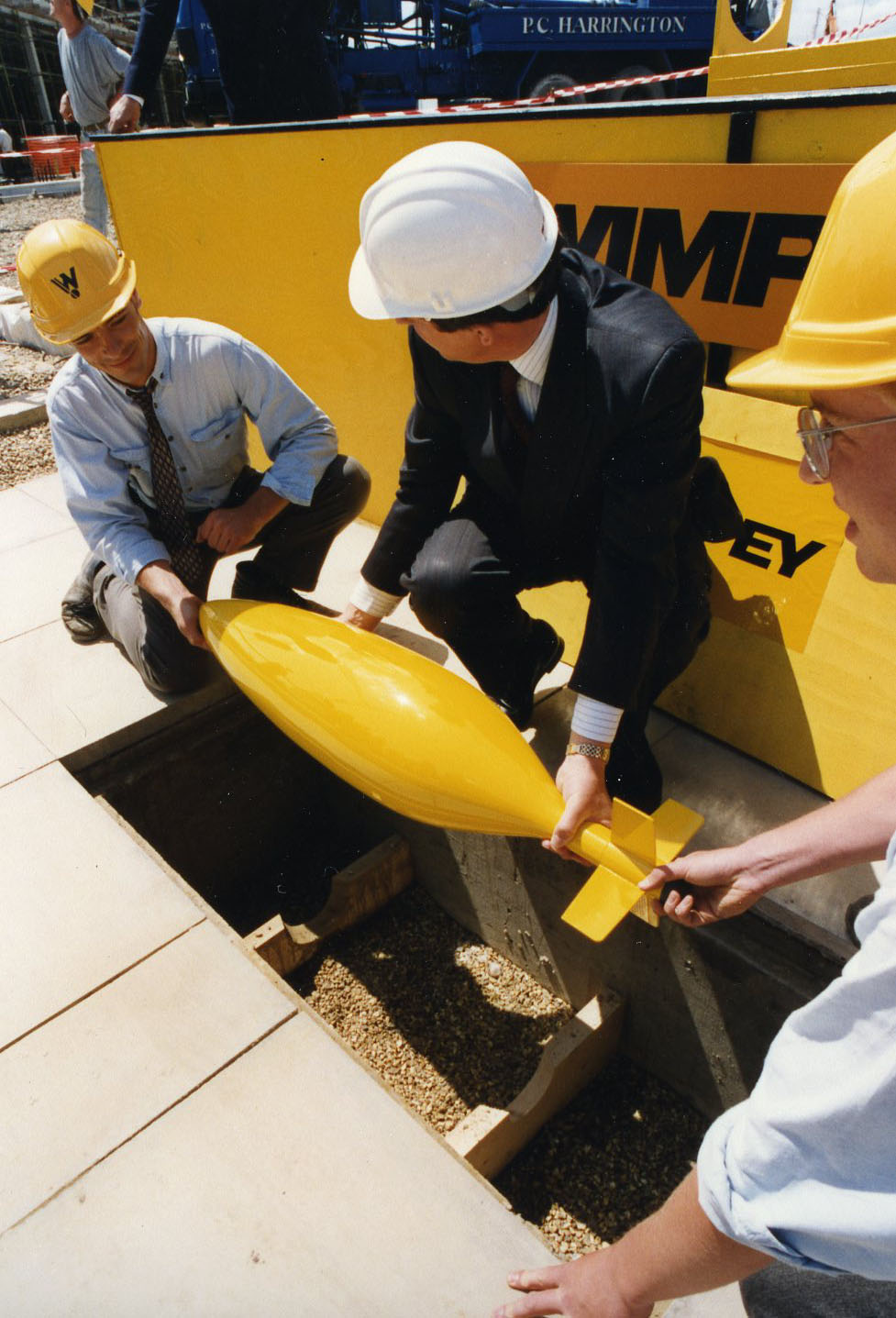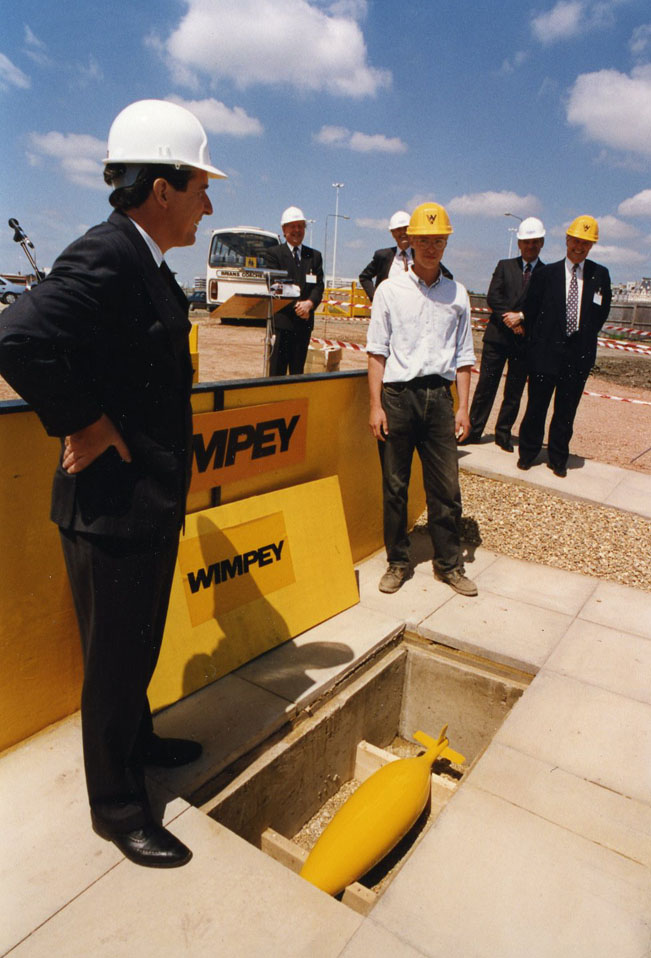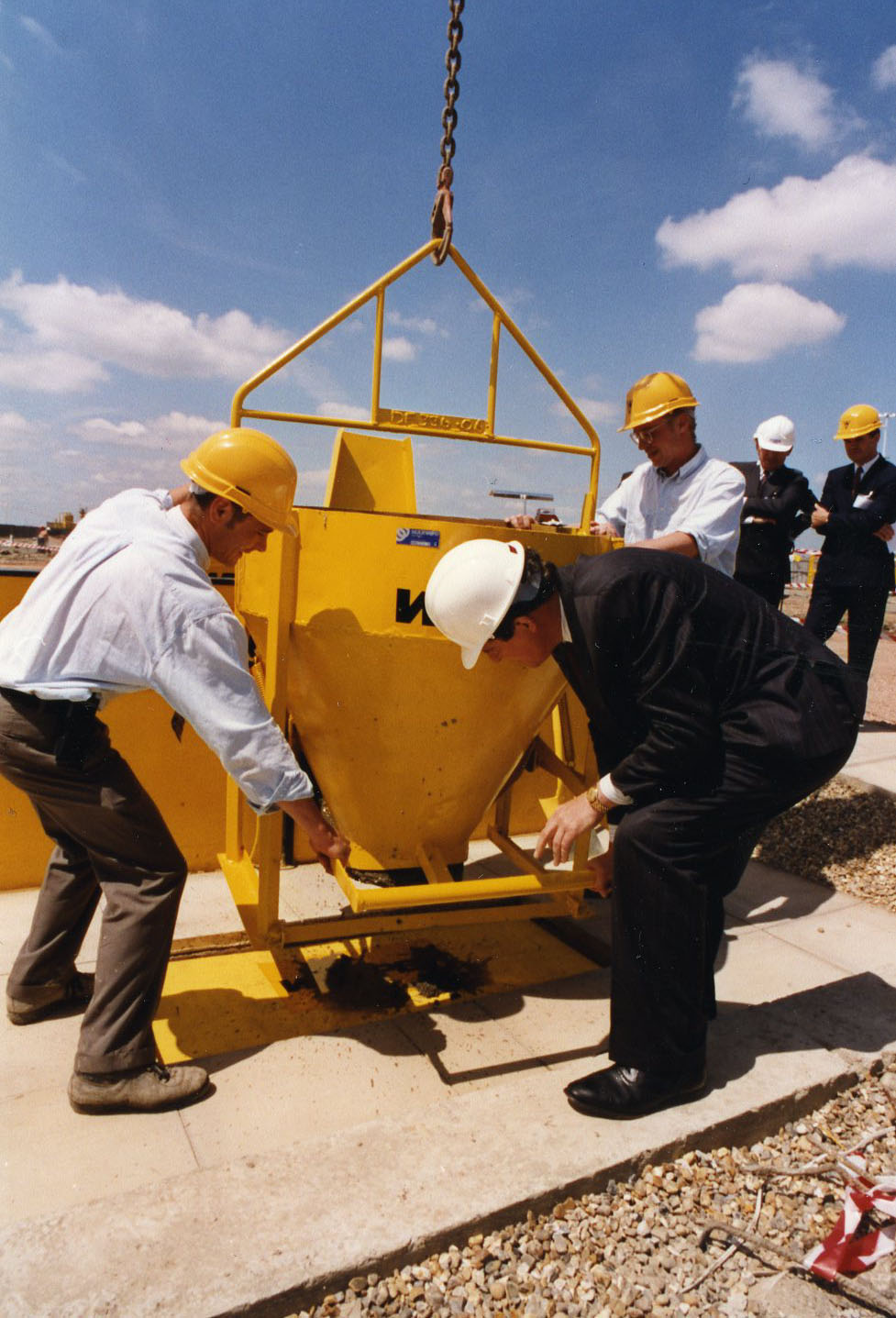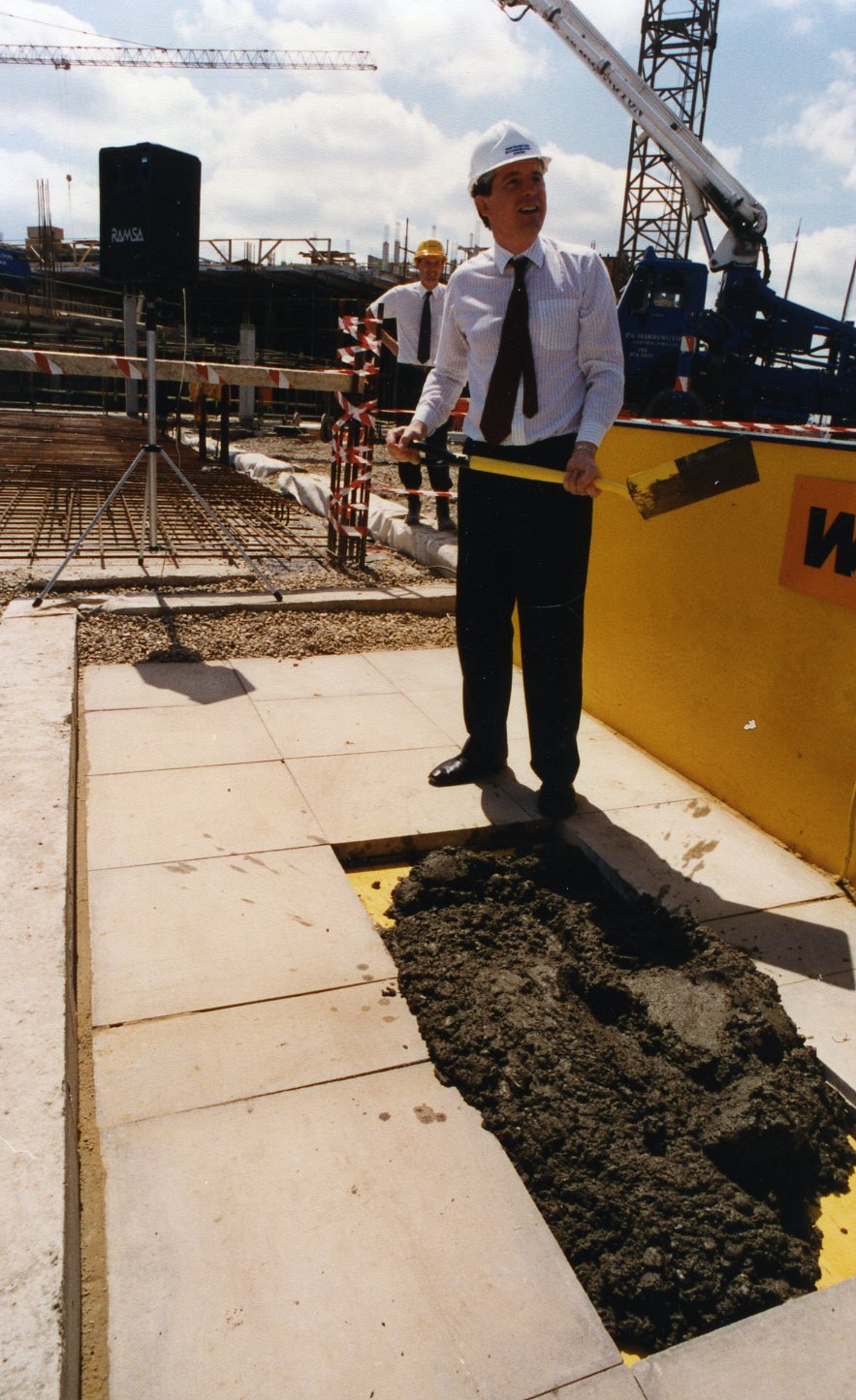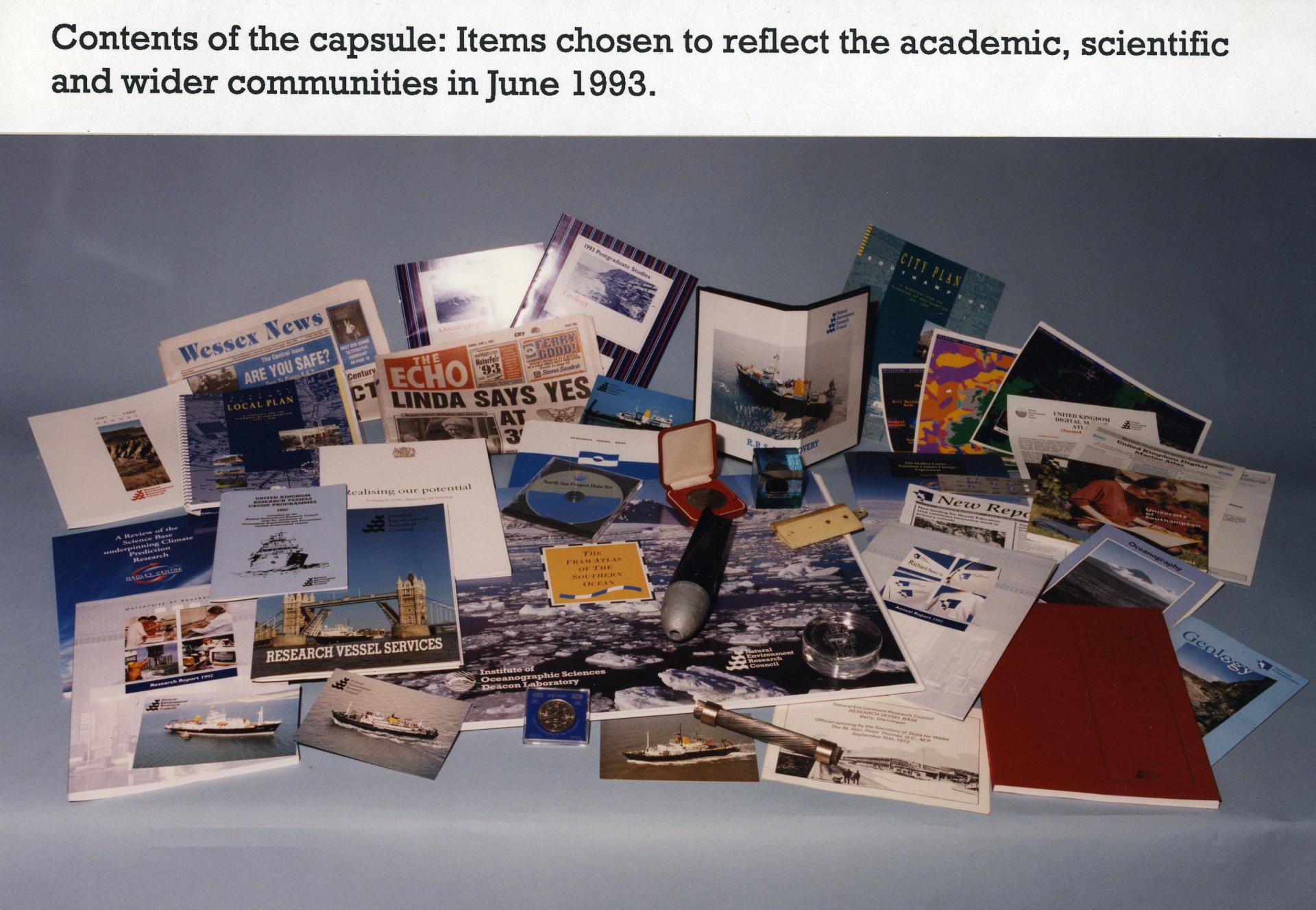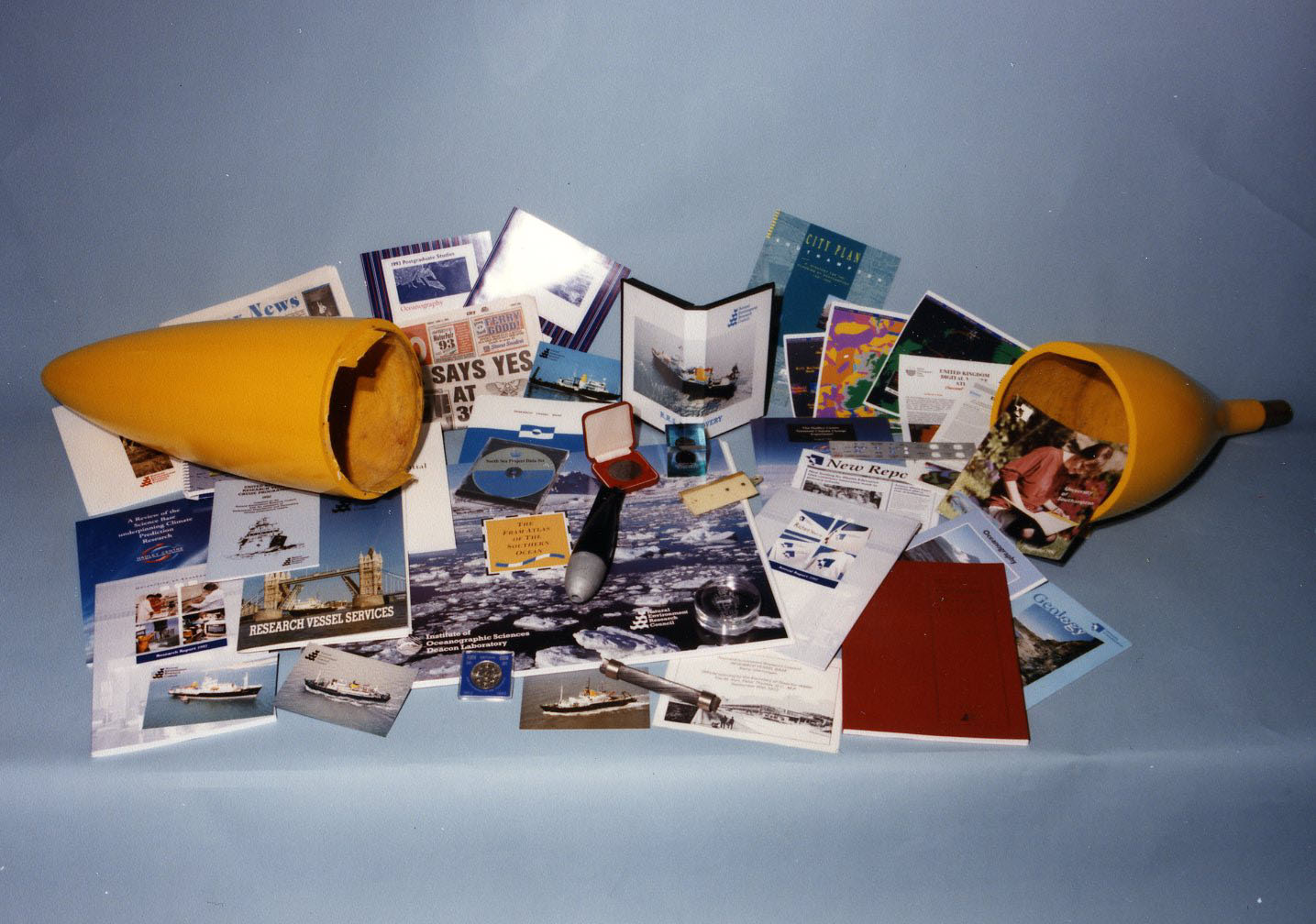The NOC we know today dates back to precursor institutions, each with long histories. As a national institution, it was formed in 1949 as the National Institute of Oceanography (NIO) based in Wormley in Surrey from the 1950s. The NIO grew from the work of scientists working at Antarctic whaling stations and the complimentary voyages of Captain Scott’s Discovery and a small group of young scientists brought together during the war, to study how the movements of the waves affected amphibious landings.
Meanwhile, NOC’s operations based in Liverpool stem from the Liverpool Observatory founded in 1843 (to measure the longitude of Liverpool and to measure tides). After a short period based in Liverpool it moved to Bidston on the Wirral Peninsula and in 1919 became the Liverpool Tidal Institute. It led development of the methods of tidal prediction used world-wide today. It broadened its research over the years into prediction of storm surges and then sea level science more generally, as well as coastal and continental shelf sea oceanography and marine data management.
In 1965 both the NIO and the Liverpool Tidal Institute became part of the then newly-formed Natural Environment Research Council (NERC). Both were brought together to form NERC’s Institute of Oceanographic Sciences (IOS) in the 1970s. In 1995, IOS (Wormley) joined with NERC’s Research Vessel Services in moving to a new purpose built dockside site in Southampton, alongside relevant departments of the University of Southampton. The IOS (Bidston) by then renamed Proudman Oceanographic Laboratory (POL) relocated back to Liverpool in 2005 co-located with the University of Liverpool. Both former parts of IOS came back together in 2010 as part of NERC’s National Oceanography Centre (NOC). In 2019 NERC became part of a new research funding agency, UK Research & Innovation (UKRI), and on 1 November 2019, NOC gained its independence from NERC-UKRI to become an independent, self-governing organisation with research spanning coast to deep ocean and supporting major national research infrastructures such as research ships, nationally pooled marine equipment and management of nationally important marine data and sample assets.
NOC Time Capsule – Buried in 1993
On Tuesday 15 June 1993 The Natural Environment Research Council, the University of Southampton and Wimpey Construction UK performed a time capsule laying ceremony for the Southampton Oceanography Centre.
The centre-piece of the event was the placing of a time capsule by the Rt Hon William Waldegrave MP, Chancellor of the Duchy of Lancaster and the Minister of Public Service and Science. The time capsule is a model of the DOLPHIN instrument, under development at the time, which was built to range the oceans in the twenty-first century gathering data for climate research. It contained a representative collection of items intended to reflect the academic, scientific, and wider communities in June 1993.
